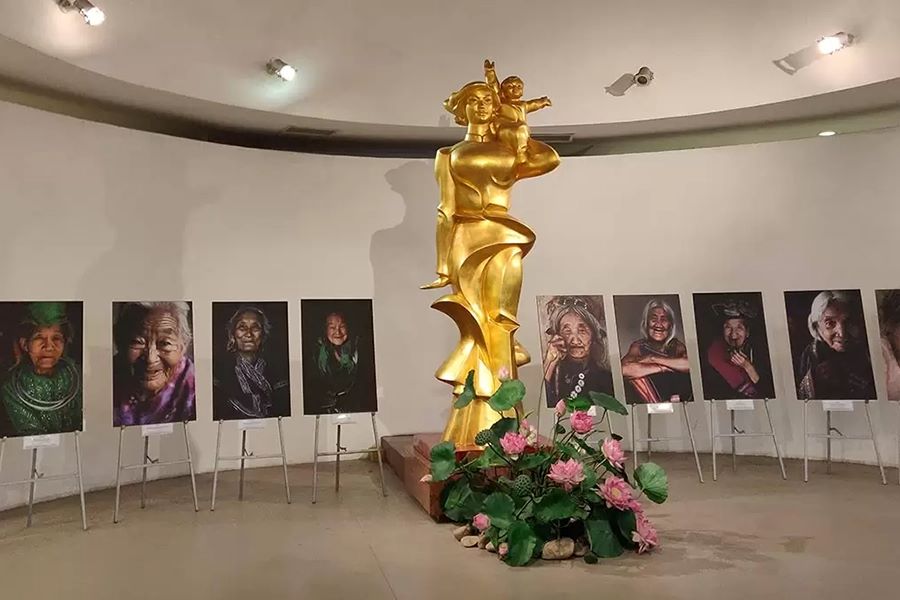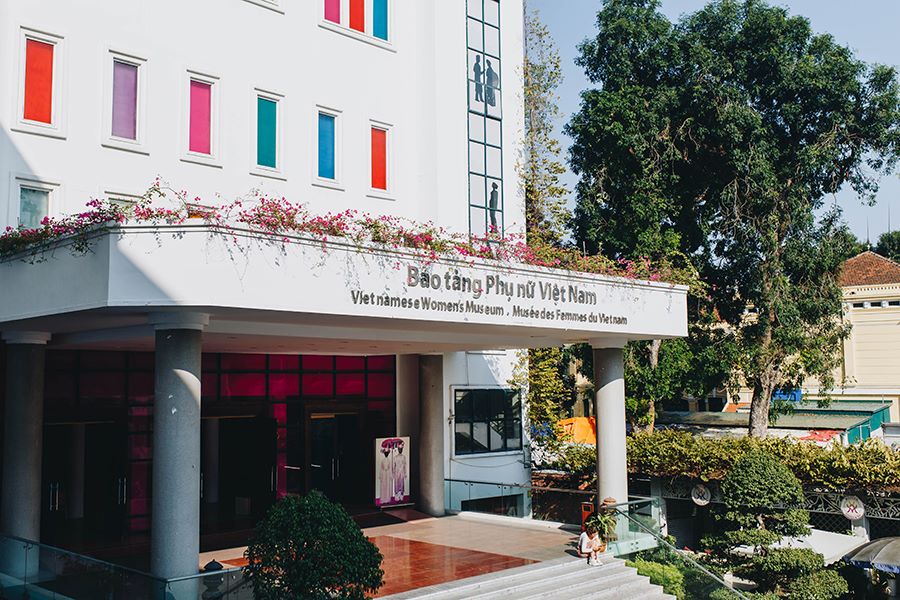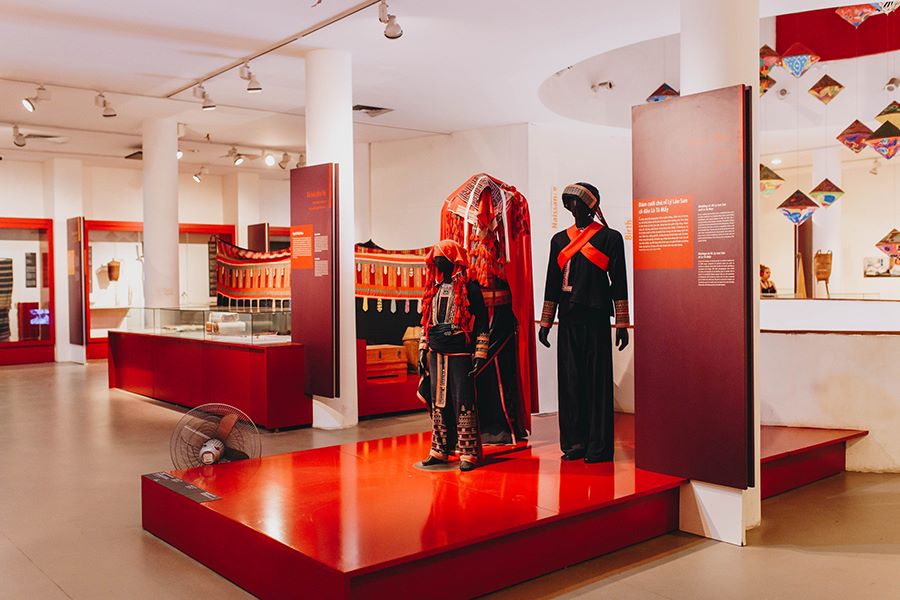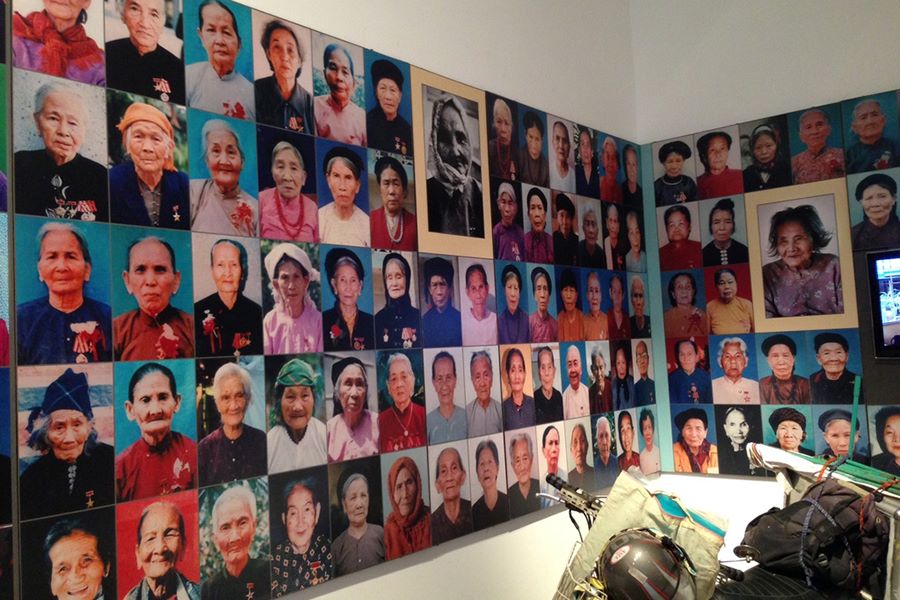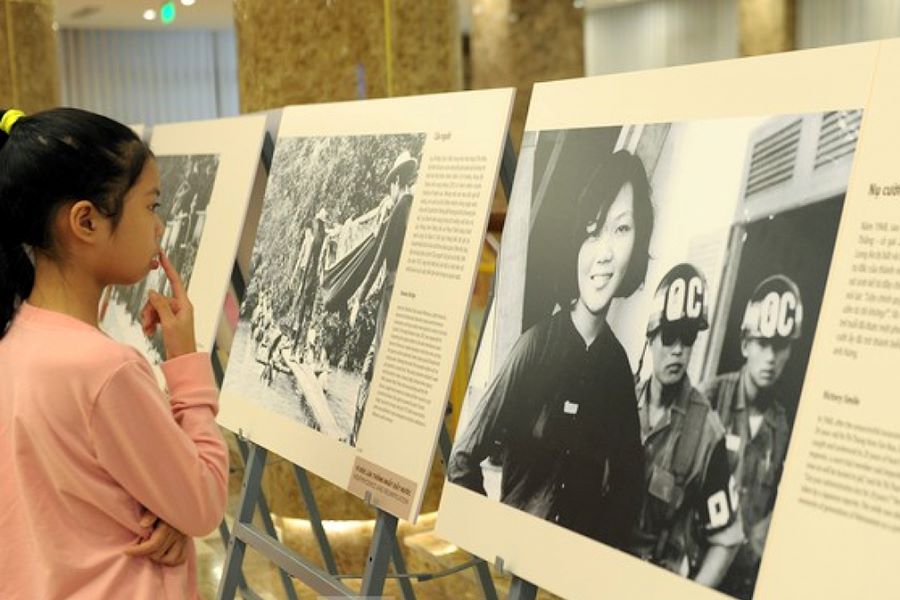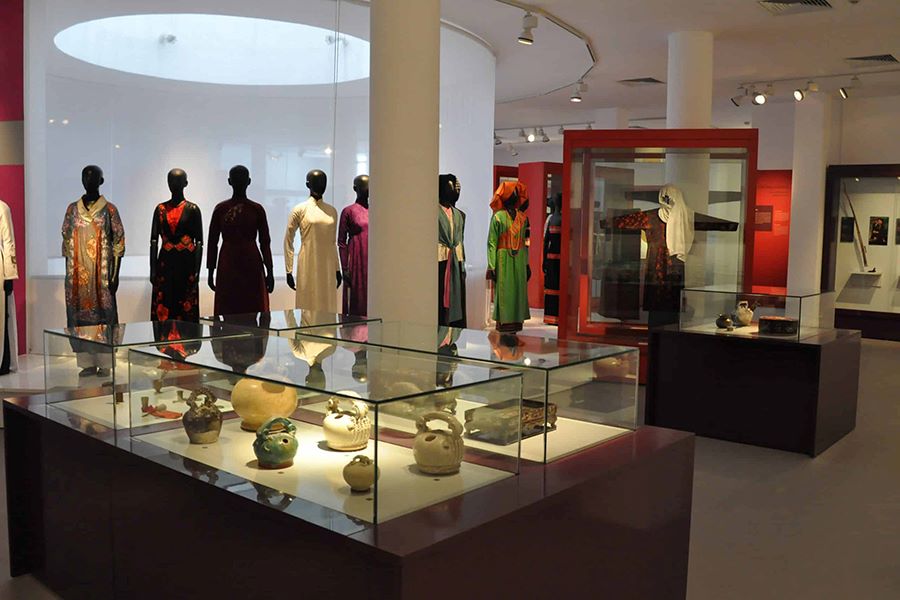The Vietnamese Women's Museum honors the roles and accomplishments that women have played throughout Vietnamese history. For anyone who want to learn more about the S-shaped nation and its female people, this is a must-see. The Vietnamese Women's Museum provides a perceptive glimpse into the beauty and way of life of Vietnamese women throughout history. Vietnamese Women's Museum is a well-worth visiting location, regardless of your interests in history, culture, or just having an absolutely amazing Indochina trips.
Vietnamese Women’s Museum Location & How to Get There
The museum is located at no. 36 in Ly Thuong Kiet Street, Hoan Kiem, Hanoi. The Vietnamese Women's Museum provides visitors with the chance to investigate the role that women have had in Vietnam's cultural and historical heritage. It is situated on a lovely street in the city. It displays priceless records and artifacts that chronicle the lives of women across the nation, showcasing their significant contributions to history, the present, and the future.
To reach Women’s Museum Hanoi
- By private vehicle: You can turn onto Ba Trieu Street after traveling along Hoan Kiem Lake from the Old Quarter. To get to the museum, turn left at the intersection of Ly Thuong Kiet Street.
- By bus: Buses 09B, 08A, 31, 36, 45, and 49 are available for you to use. There are stops close to the museum that are all accessible by foot.
History of Women’s Museum Hanoi
The Vietnamese Women's Museum is home to an extensive collection of objects, images, and displays that portray Vietnamese women's lives throughout history. The museum honors the roles that women have played in Vietnamese society, culture, and history—from struggles during the war to contemporary issues that women face.
A synopsis of Vietnamese Women's Museum's past:
- The museum was founded in 1987 under the name Hanoi Women's Museum.
- 1995 saw the museum's official public opening under the new name Vietnamese Women's Museum.
- 2010 saw renovations to the museum, including the addition of a three-themed display system: women in the home, women in history, and women's fashion.
- 2015–2016: The museum won the title of "Top tourist attraction in Vietnam" and was listed among the top 25 most appealing museums in Asia.
Best Things to Do & See in Vietnamese Women’s Museum
Vietnamese Women's Museum occupies around 5,000 square meters and consists of two buildings, a dining space, and a coffee shop. There are four stories in the main building, each with a distinct theme.
The First Floor
The Vietnamese Women's Museum offers a gift shop on its first floor. Here, you may discover a variety of goods, including postcards, pictures, books, and newspapers, that highlight the museum's distinctive features. You can buy these things here to give as gifts to your loved ones. The products that are offered come from reliable vendors. In particular, there are a lot of handcrafted goods from organizations that support ethnic and underprivileged women's economic growth.
The Second Floor
Artifacts related to the lives of ethnic women, from birth to marriage and motherhood, are on display on the second floor of the Vietnamese Women's Museum. Here, guests can discover more about customary Vietnamese marriage and engagement rituals across time. It also emphasizes how important women are in day-to-day living.
Additionally, there is a dedicated exhibition space for Mother Goddess worship on this floor. The western section features an exhibition with fascinating commentary on devotee performances, temple offerings, and spiritual figure costumes.
The Third Floor
A collection of documentaries, videos, and propaganda posters depict heroic Vietnamese moms who endured the conflicts on the third level of the Vietnamese Women's Museum. This region demonstrates the bravery, tenacity, and steadfast support for the front lines displayed by Vietnamese women in their struggle against foreign invaders.
The Fourth Floor
All 54 ethnic groups in Vietnam have traditional garments on display for visitors on the museum's fourth floor. You can tell if a woman is married or not by the way she dresses. You will also be astounded by the historical cosmetics, weaving, and silver and real-tooth jewelry-making techniques used by Vietnamese women. Along with learning more about Vietnamese ao dai throughout time, you may also discover some of the traditional practices of women, such as wrapping scarves around their heads and discoloring their teeth.
Women’s Museum Hanoi Opening Hours & Entrance Fees
Entrance Fees:
- Adults: 40,000 VND/ticket
- Children/students: 10,000 VND/ticket
Tickets can be purchased online through the museum's website or at the main entrance on the first level.
Note: The admission prices shown above are merely suggestions. The cost of a visit can change based on the season, extra services, events, etc.
Vietnamese Women’s Museum Travel Guide
The following are some helpful pointers to make the most of your visit to the Vietnamese Women's Museum:
- Arrange your visit: To prevent excessive lines, find out the museum's opening hours and purchase your tickets in advance.
- Learn more: Learn more about the exhibitions in advance to get a better grasp of the museum's holdings.
- Show consideration for the exhibits: Avoid touching the objects on the exhibit.
- Pose inquiries: The experts at the museum can answer any questions you may have and can offer further details and perspectives.
- Think about tours that are guided: Your comprehension and appreciation of the exhibits and the history of the museum can be improved by guided tours.
When in Hanoi, make sure to visit the Vietnamese Women's Museum and explore the city's other well-known tourist destinations, which include Dong Xuan Market, Hoan Kiem Lake, Hanoi Opera House, St. Joseph's Cathedral, and Ba Dinh Square.

